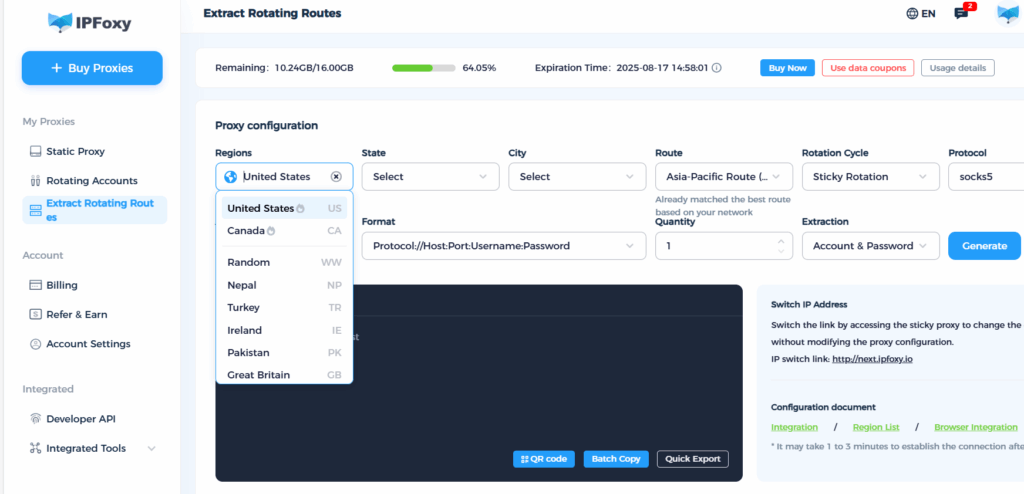In e-commerce operations, Amazon advertising has become a critical way to generate traffic and boost sales. Many sellers rely on AMS (Amazon Marketing Services) to scale their businesses. But what exactly is AMS advertising? What types of ads does it include? And how can you use it effectively to achieve real growth? Let’s break it down.
I. What Is Amazon AMS Advertising?
Amazon AMS is Amazon’s in-platform paid advertising service. As a marketing tool, it allows sellers to create and manage campaigns across different regions, while also providing detailed reporting to evaluate ad performance.
Unlike traditional traffic ads, AMS doesn’t just bring clicks. Its core strength lies in precise targeting and conversion, which is why more sellers are willing to invest in it.
That said, AMS accounts are not open to everyone. Typically, you need to have an Amazon Vendor Central or Amazon Vendor Express account to gain access. This means AMS is generally better suited for experienced sellers and may not be the best option for beginners.
II. Types of Amazon AMS Ads
Amazon AMS offers several different ad formats, each with its own use case:
- Headline Search Ads: Appear at the very top of search results. They enjoy high visibility but also face intense competition due to limited placement.
- Sponsored Products Ads: A more basic ad format that shows up within search results or product detail pages. While easy to run, the performance can be weaker compared to other formats.
- Product Display Ads (PDA): These appear not only on product detail pages but also on offer listings and review pages. They can be targeted based on shopper interests, making them more flexible.
- Video Ads: Include standard video placements as well as OTT video ads shown on streaming services like TV channels. Great for visually showcasing product features.

III. How to Use Amazon AMS Ads Correctly
While AMS offers strong exposure, it also requires careful handling. The system can be less forgiving when it comes to budget control, making it more suitable for established brands looking to break through traffic bottlenecks. Here are some practical tips for using AMS to drive growth:
1. Smart Keyword Targeting & Bidding
The success of your ads depends heavily on keyword strategy. Use a mix of automatic targeting (to gather data) and manual targeting (to refine high-converting keywords). Adjust bids dynamically to capture the best ROI.
2. Optimize Your Listing
Your ads may get the clicks, but whether they convert depends on your product page. Make sure your titles, images, bullet points, and A+ content are well-optimized to increase purchase intent after the click.
3. Analyze Ad Performance Data
AMS provides key metrics such as CTR (Click-Through Rate), CVR (Conversion Rate), and ACOS (Advertising Cost of Sales). Regularly review these reports, double down on what’s working, and cut underperforming campaigns.
However, there’s a hidden challenge here: data accuracy. Many sellers notice discrepancies between the backend reports and what they see in real-time ad placements—especially when testing across different regions.
This issue often comes down to network environment. If your IP connection is unstable or you can’t simulate the target market properly, your ad monitoring results may be misleading. To solve this, sellers can use tools like IPFoxy dynamic residential proxies to check how ads actually display in various regions. For mobile-specific checks, IPFoxy rotating mobile proxies offer an even more realistic view, ensuring that your data is accurate and actionable.

IV. Conclusion
Amazon AMS advertising includes multiple ad formats and remains one of the most effective tools for boosting conversions. But while the potential is huge, running AMS campaigns also comes with challenges.
By applying smart keyword strategies, optimizing your product listings, and closely analyzing ad data (with the help of a reliable proxy setup to validate results), sellers can maximize their ad spend and unlock sustained growth on Amazon.


